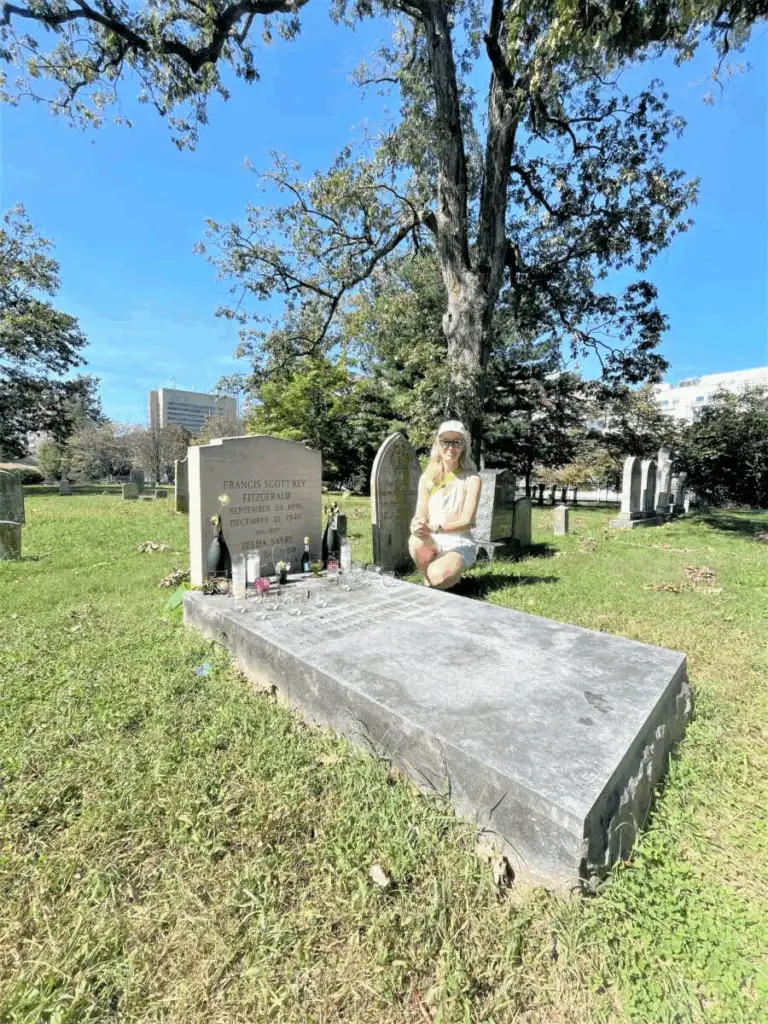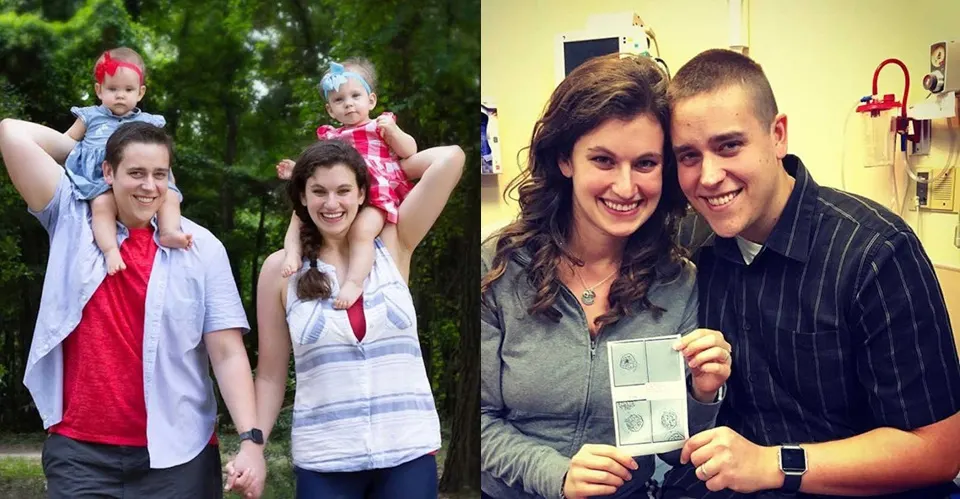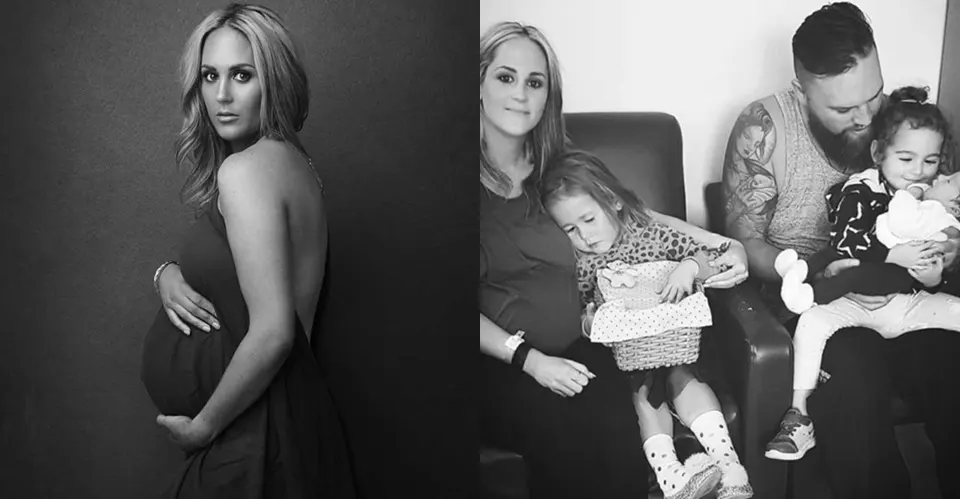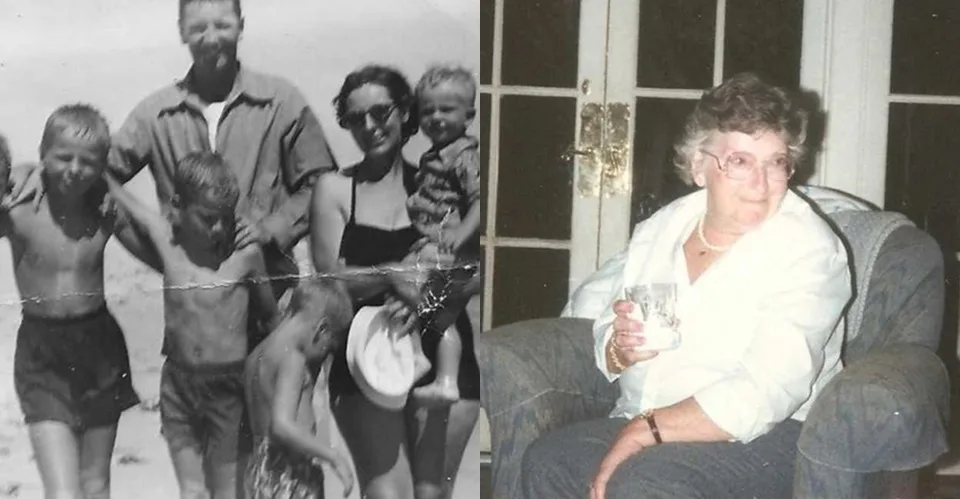She looked for history and found dinner plans, proof that the sweetest way to face mortality might be to pass along a recipe and let the living finish the story at the table. Rosie’s unusual project, cooking recipes she found on gravestones and sharing the journey online, grew from three quarantine passions that collided: learning to cook, exploring TikTok, and wandering cemeteries.
In 2020, while starting grad school at the University of Maryland, she took a social media class that pushed students to build new accounts around a single theme. At the same time, she was interning in the archives at Washington, DC’s Congressional Cemetery. With friends and family kept at a distance and doom-scrolling draining her, she turned daily walks into cemetery visits, making them the focus of her TikTok.
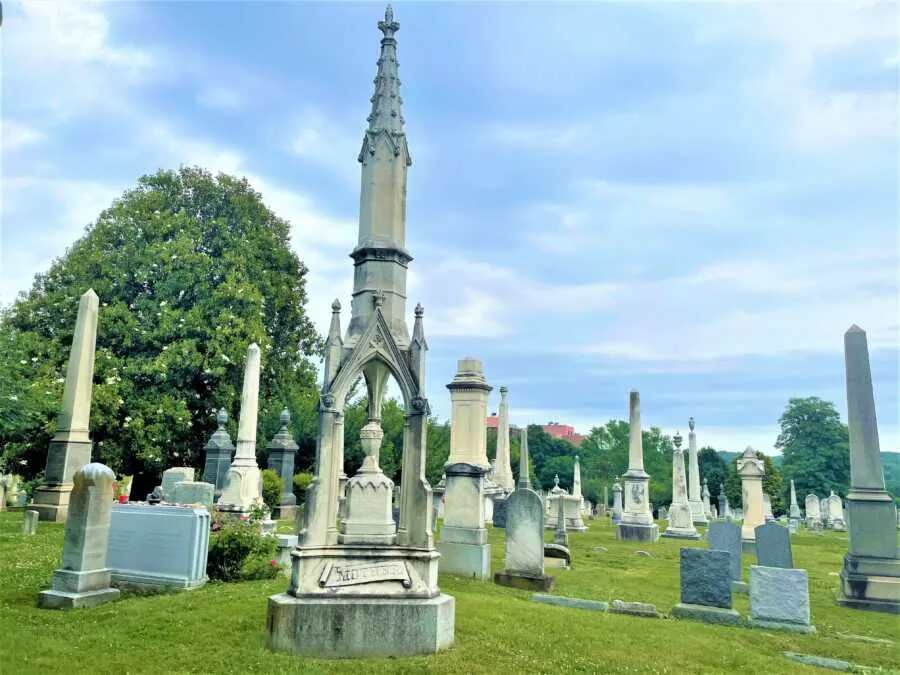
Those strolls opened her eyes. Garden cemeteries were America’s early public parks, places meant to be walked and appreciated. She also discovered how often burial grounds face development pressure, and how a growing online community of “taphophiles” keeps their stories alive to help protect them. Following #gravetok, she saw how modern headstones carry personality: statues, witty lines like “I told you I was sick,” even resumes or identities. Among these memorials, one detail stopped her, a gravestone carved with a whole cookie recipe. Naomi Miller-Dawson’s spritz cookies in Brooklyn weren’t just a tribute; they were instructions, like a final invitation: “Go on, bake this.”
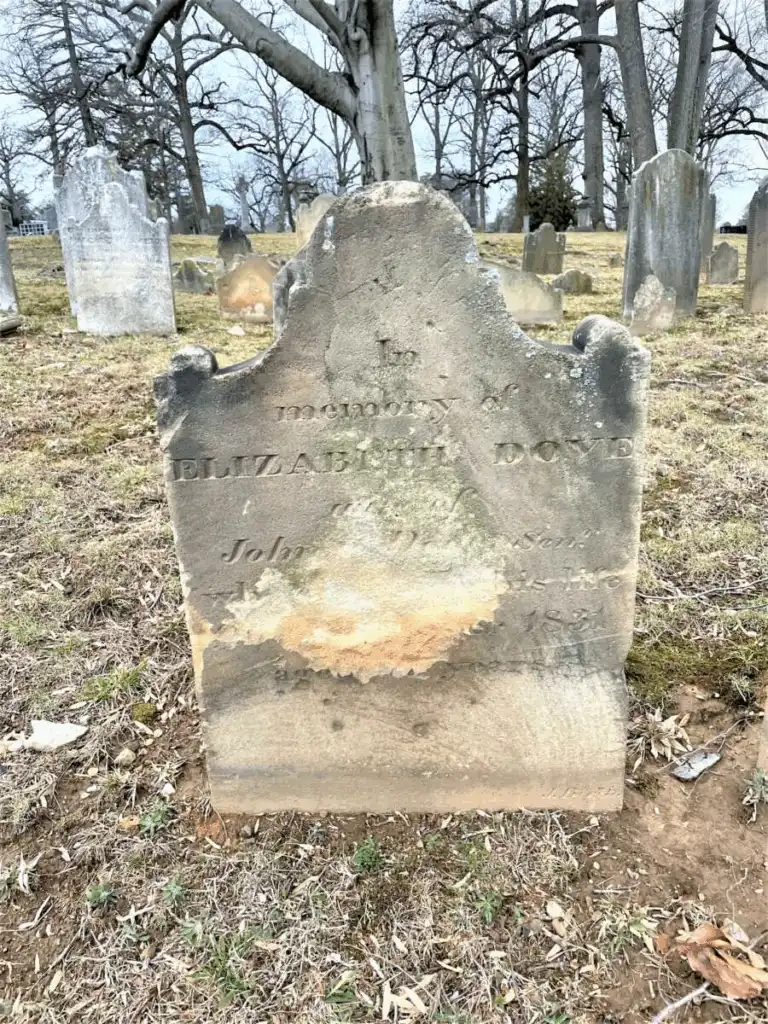
With extra time at home, Rosie was already learning to cook. She took Naomi’s engraved ingredient list as a challenge. One batch led to another discovery: Kay Andrews’s fudge in Utah, Maxine Menster’s Christmas cookies in Iowa, and Ida Kleinman’s nut rolls in Israel. She posted her attempts on TikTok, and strangers chimed in with family stories, advice, and memories of their grandmothers’ kitchens.
It wasn’t all perfect, and that became part of the charm. She learned the hard way that spritz cookies need a special press, so her version lacked the classic shapes. Her fudge stayed stubbornly soupy even after days in the freezer. She couldn’t track down Turkish delight for Ida’s filling. But the missteps made it feel more human, like cooking with a crowd, everyone offering tips from their childhoods.
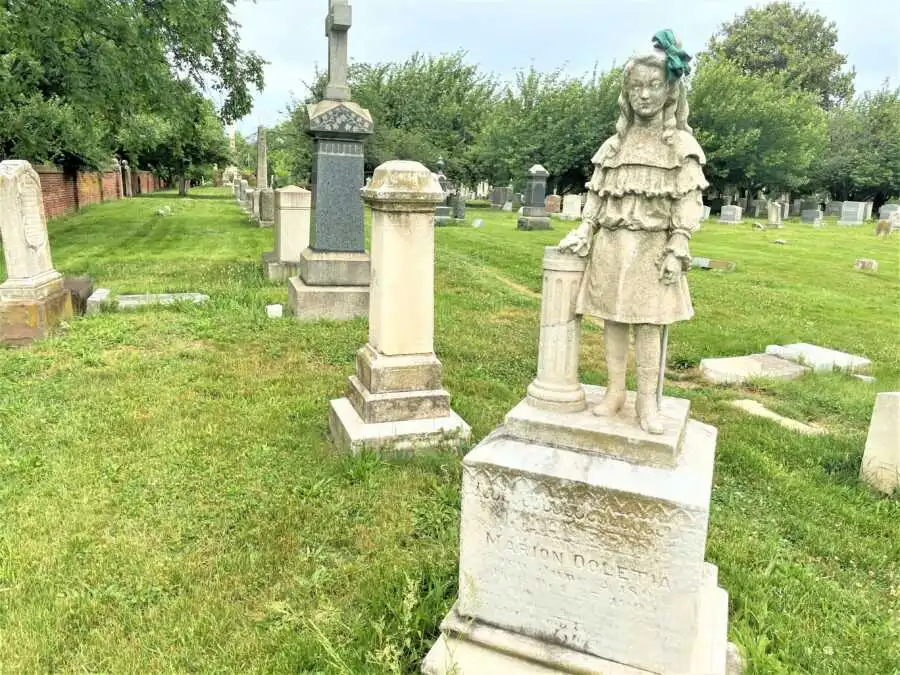
All of this reminded her of her grandmother, who died in 2020 from COVID. Grandma Kay taught her that food doesn’t have to be fancy to matter. Scrambled eggs, toast, coffee, and a shared story were enough. When Rosie cooks from a headstone now, she feels that same warmth: the recipe is simple, the company is the point, and a kitchen can be a place to remember. Spending time among graves changed how she thinks about death. What once felt frightening became, strangely, grounding. Reading recipes etched into stone felt like people reaching across time to say, “Here’s something I loved, enjoy it.” She noticed that most headstone recipes were sweets and took the hint: we all leave someday; you may as well savor something delightful while you’re here.
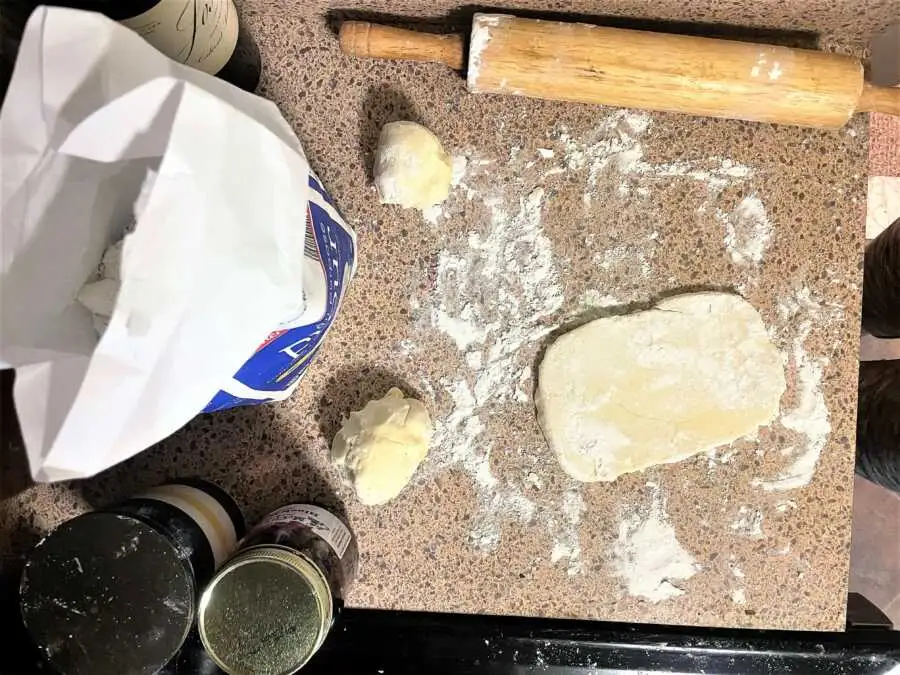
Her family started having easier conversations about remembrance, what kind of marker they’d want, which cemetery feels right, and how to celebrate a life rather than only mourn it. She hasn’t settled on her own stone’s words, but she likes leaving a recipe, maybe those eggs and toast that taste best over laughter and a second cup of coffee. What began as a class assignment and an internship became a tender ritual. A cemetery walk becomes a grocery list; an ingredient list becomes a small party in the kitchen; a video becomes a thread weaving strangers, families, and memories together. Preserving places leads to safeguarding people, and a good dessert, perfect or not, keeps them close.
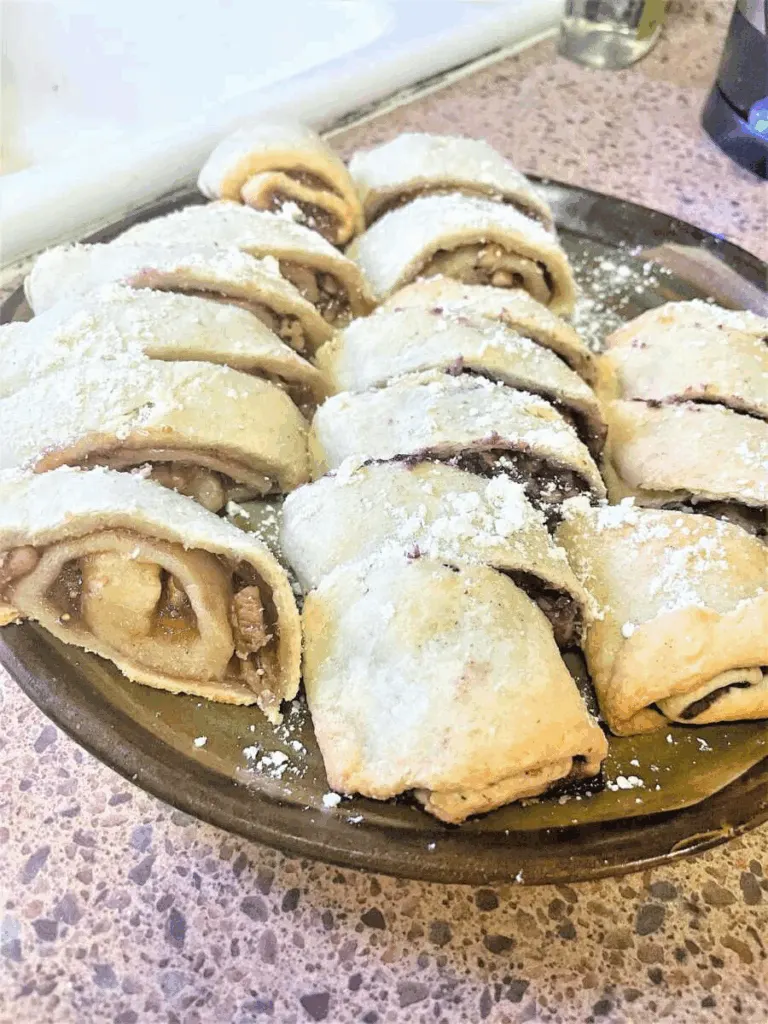
What started as a quirky hobby has quietly become a way for Rosie to connect with humanity itself. Each recipe isn’t just about sugar, flour, or butter; it’s about carrying forward someone’s legacy in the most ordinary yet intimate way: food. Cooking from gravestones taught her that remembrance doesn’t have to be grand or formal; sometimes it’s as simple as tasting the same cookies a grandmother once baked or sharing fudge that a stranger loved decades ago. Through these recipes, lives that ended long ago feed laughter, conversation, and connection in the present.
